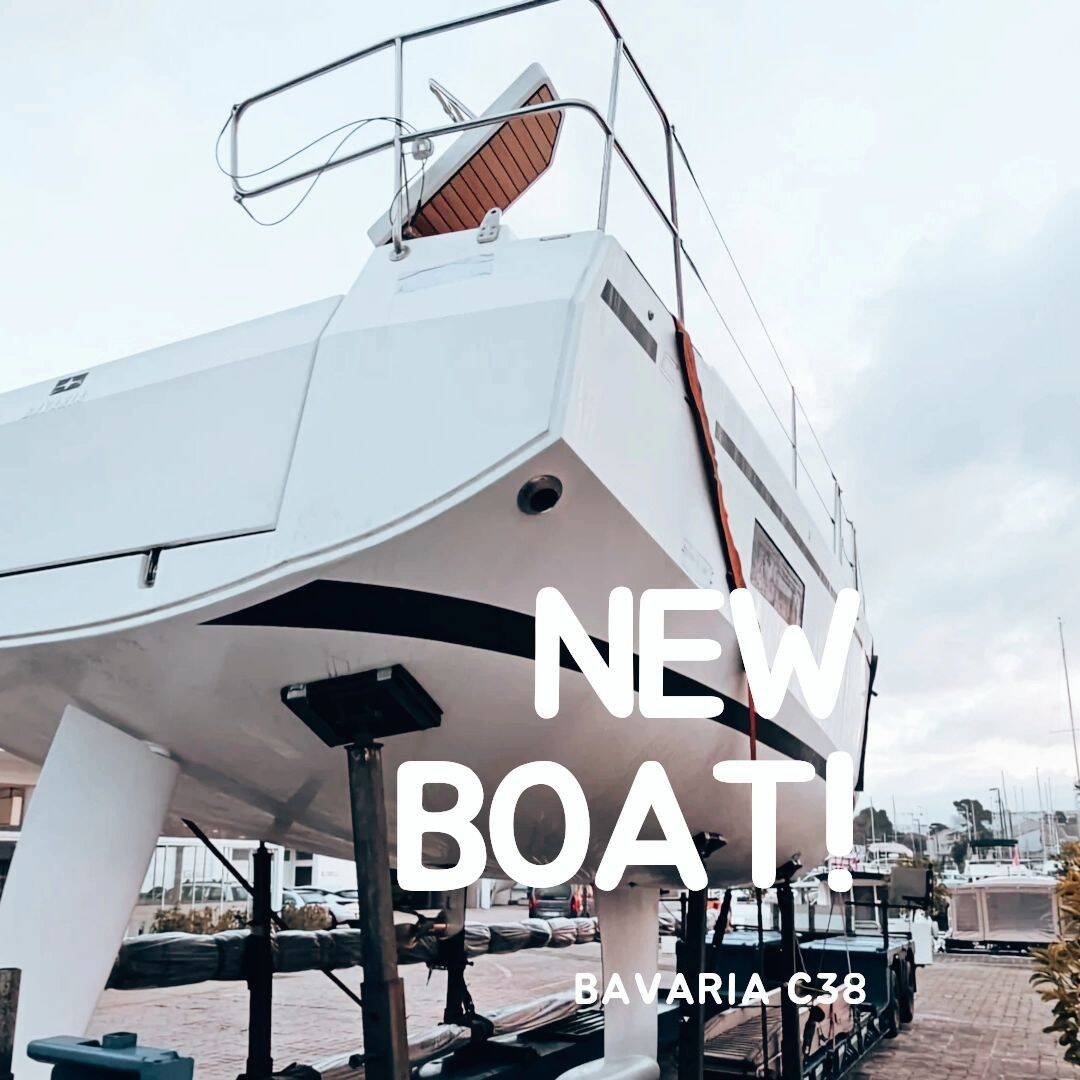The timeless appeal of sailing—freedom, adventure, and a deep connection with the sea—remains as strong as ever. But behind that romantic imagery lies a story of relentless innovation. Over the centuries, sailing technology has transformed from simple, wind-driven vessels to sophisticated yachts brimming with cutting-edge systems. In this post, we explore the fascinating evolution of sailing, highlighting the breakthroughs that brought us from traditional seafaring to the sleek modern yachts of today.
Ancient Beginnings: The Foundation of Seafaring
Early sailing vessels, like Egyptian feluccas or Polynesian outriggers, were marvels of ingenuity for their time. Relying purely on the wind, primitive sails and hulls were crafted with natural materials like papyrus, bamboo, or wood. Navigation was based on the stars, currents, and intuition—skills passed down through generations.
These early boats laid the groundwork for future maritime civilizations. While rudimentary by today's standards, they were the first to harness wind as a means of exploration and trade.
The Age of Exploration and the Rise of Rigging
By the 15th and 16th centuries, the world saw the rise of the great European explorers—Magellan, Columbus, and da Gama—sailing ships like caravels and galleons. These vessels featured multiple masts, square sails, and advanced rigging systems that allowed for greater maneuverability and range.
This era introduced vital technological advancements:
- Improved hull design for long voyages
- Compass navigation and early maps
- Adjustable sails and better rigging for windward sailing
These were the first major steps toward making sailing more efficient, paving the way for global maritime commerce and naval dominance.
Industrial Revolution: The Birth of Modern Yacht Design
The 19th century ushered in metal hulls, steam power, and eventually internal combustion engines. While steamships began to dominate commercial routes, sailing yachts flourished as leisure crafts for the wealthy. Innovations during this period included:
- Steel and aluminum hulls for durability
- Bermuda rigs replacing traditional square sails
- Winches and block systems easing sail handling
Yachting evolved from necessity to recreation, and design started to focus as much on speed and performance as on functionality.
The Digital Era: Smart Yachts and Sustainable Sailing
In the last few decades, the technological leap in yachting has been nothing short of revolutionary. Today’s modern yachts are sleek, lightweight, and equipped with state-of-the-art systems that blend luxury with high performance.
Key modern advancements include:
- Carbon fiber masts and foils reducing weight and increasing speed
- Autopilot and GPS for precise navigation
- Hydro-generators and solar panels for eco-conscious sailing
- Smart sensors and onboard computers for performance tracking
- Hybrid-electric propulsion systems minimizing fuel dependency
These changes not only make sailing more accessible but also push the boundaries of innovation and sustainability. Performance catamarans, hydrofoiling monohulls, and even AI-assisted routing systems are now a reality.
The Future: Autonomous Yachts and Beyond
The horizon looks even more exciting. We’re seeing prototypes of autonomous sailing vessels, AI-controlled routing, and materials engineered at the molecular level for maximum efficiency. As climate change pushes for greener tech, expect innovations like solar sails, hydrogen fuel cells, and fully recyclable hulls to gain prominence.
Final Thoughts
From ancient wooden crafts to tech-laden marvels, the evolution of sailing technology is a testament to human ingenuity. Whether you're a seasoned sailor or a newcomer dreaming of your first voyage, understanding this transformation helps you appreciate the artistry and engineering behind every sail hoisted.
At Bruneko, we’re passionate about blending tradition with innovation. Stay connected with us as we explore the cutting edge of yachting—and help you navigate your own modern sailing journey.










